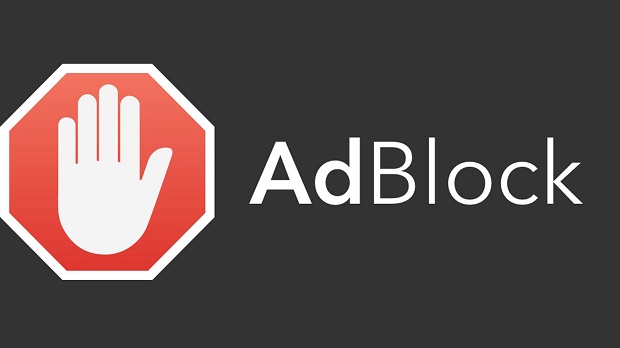With Adblock Plus now selling ads itself, what is driving the rise in ad filtering? Craig Hendry, Product Management Lead at Switch Concepts, asks if ad tech is as much to blame as irrelevance when it comes to turning off consumers.
It’s not just annoying irrelevant ads that are driving the ad-blocking phenomenon, but also the current overly complex programmatic advertising system, which is slowing down the loading of websites, as the company behind Adblock Plus, Eyeo, pointed when it announced the launch of its ‘Acceptable Ads Platform’ this week. No matter how much more creative and engaging brands and agencies make the content, the practice is unlikely to go away until this issue is dealt with.
The key problem is the increasing use of header bidding, which is implemented to create an auction platform that enables ad space to be sold to the highest bidder. The header bidding process places a special wrapper into the publisher’s web browser which then lives and executes in the client environment stuffing in as many third party scripts as possible. This puts increasing pressure on client-side servers, which has the unfortunate effect of slowing down the loading of web pages, through ‘latency’, and consequently damages the user experience.
By blocking the ads, the latency disappears, reducing the time it takes for pages to load, freeing consumers from the annoyance and frustration of having to wait for ads to appear before they can enjoy the content on their website of choice.
By switching to a first-party server-to-server solution, publishers will see the strain taken off client-side servers, allowing them to continue to give their audiences a great experience (and most importantly, reduce the need for ad blocking), while still being able to partake in ad revenue opportunities. This will also help publishers gain full control of ad trading, from bidding through to data, and maximise both the potential of their inventory and the user experience. The ability to continue scaling up would also be released, driving future growth.
The technology is here now and publishers need to make the jump sooner rather than later, before the complexities of header bidding start to stifle their businesses. Choosing the right technology partner is crucial. Publishers should look for a truly independent partner that can host a central ‘open’ server side auction service with API, which has no conflicts and makes the platform available as if it were the publishers’ own technology for them to implement directly within their stack.
They should also own and have direct analytical access to the dataset and use it to improve all commercial, operational and financial processes. Then they can truly future-proof their businesses, drive the industry forward and take control of their own destinies.
By Craig Hendry, Product Management Lead at Switch Concepts, which has developed a first-party server-side system for publishers that significantly reduces ad trading complexity, increases control, provides sophisticated data analytics and incorporates dynamic pricing.

